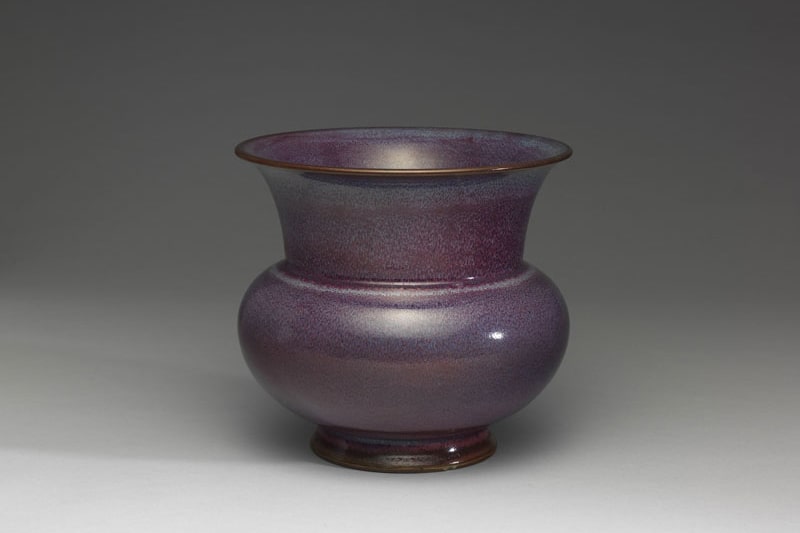Ming dynasty
Ceramic production was an important state affair in the Ming dynasty. In early Ming, the ceramics industry was mainly based at the Longquan kilns in Zhejiang province and the Jingdezheng kilns in Jiangxi province. Their products not only circulated all over China but also reached overseas markets. Furthermore, both of these kiln sites produced official wares.
In early Ming, the imperial kilns were set up at Jingdezhen, establishing the fundamental institution and system of Jingdezhen official wares for the next five hundred years. Production of official wares at the time was under direct supervision of the central government, which provided models and designs while also appointing superintendents. Under constant supervision, the quality and quantity of the products were carefully controlled. The selected final products were sent directly to the court for use by the imperial family and officials. From the Yongle reign, official wares began to bear the emperors' reign mark, becoming the standard practice for most later official wares. Blue-and-white porcelains of the Yongle and Xuande reigns, doucai of the Chenghua reign, wucai of the Jiajing and Wanli reigns represent unparalleled accomplishments of the Ming official kilns.
Apart from Jingdezhen imperial kilns, other civilian kilns also produced porcelains. However, in terms of the quality and quantity of products, kiln types, modes of operation, and styles of their works, huge differences existed between official and civilian kilns.
In late Ming, political and economic changes as diverse values merged. Although the official kilns possessed superior raw materials, its management was slack and lacking order in technique. Civilian kilns, on the other hand, took advantage of the occasion and flourished.














